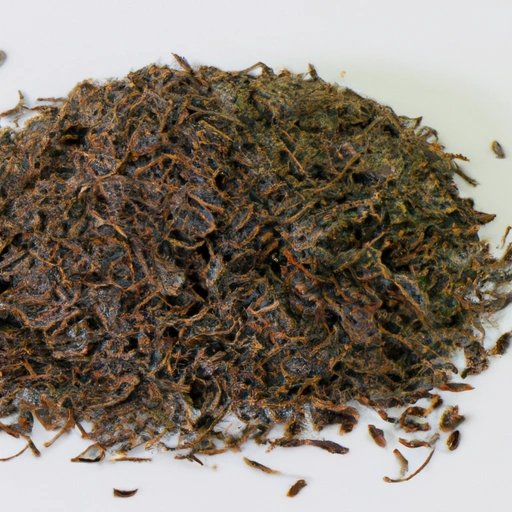Dill Seed
Description

Dill seed is a spice obtained from the dried fruit of the dill plant, Anethum graveolens, which is part of the Apiaceae family, alongside parsley, cumin, and carrot. Known for its warm, slightly bitter taste with hints of anise and lemon, dill seeds are small, oval, and brown, and they add a distinctive flavor profile to a variety of dishes. In contrast to the more delicate dill weed, which is the feathery green leaves of the plant, dill seed has a more robust flavor that can withstand longer cooking times.
Common uses
Dill seeds are used in a variety of culinary applications. They are commonly utilized in the pickling process, where their flavor infuses into the brine, lending a characteristic taste to pickles. They are also used to season bread, soups, and salad dressings. In some cultures, dill seeds are chewed to freshen the breath.
Nutritional value
Calories
A tablespoon (6 grams or approximately 0.21 ounces) of dill seeds contains about 20 calories.
Protein
Each tablespoon offers around 1 gram of protein.
Fat
Dill seeds contain approximately 1 gram of fat per tablespoon.
Carbohydrates
There are about 3 grams of carbohydrates in a tablespoon of dill seeds.
Vitamins
Dill seeds provide a range of vitamins, including vitamin A and several B vitamins.
Minerals
They are also a good source of minerals such as iron, magnesium, and calcium.
Health benefits
Dill seeds are thought to have digestive properties and may help in relieving intestinal gas. They are also believed to have antioxidant properties and to contribute to bone health due to their calcium content.
Potential risks
As with any food ingredient, consuming dill seeds in moderation is key. Overconsumption may lead to potential risks, such as allergic reactions in sensitive individuals. It is also advised to consult a healthcare professional before using dill seeds medicinally, especially for pregnant or breastfeeding women.
Common recipes
Dill seeds are a staple in Eastern European rye breads, Scandinavian salmon dishes, and Indian lentil recipes. They are also an essential ingredient in pickling spice blends.
Cooking methods
The seeds can be used whole, crushed, or ground and are best added early in the cooking process to allow their flavor to fully permeate the dish.
Pairing with other ingredients
Dill seeds pair well with vegetables like cucumbers and cabbage, grains such as rice and barley, and proteins including fish and lamb.
Summary
Dill seed is a versatile spice with a rich history and a distinctive flavor that enhances a variety of dishes around the world. It's not only valued for its taste but also for its potential health benefits, although it should be consumed in moderation. Whether used in pickling or as a seasoning, dill seed adds a unique flavor to any culinary creation.